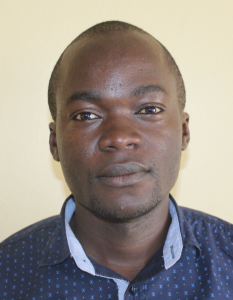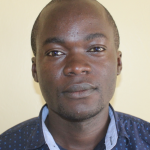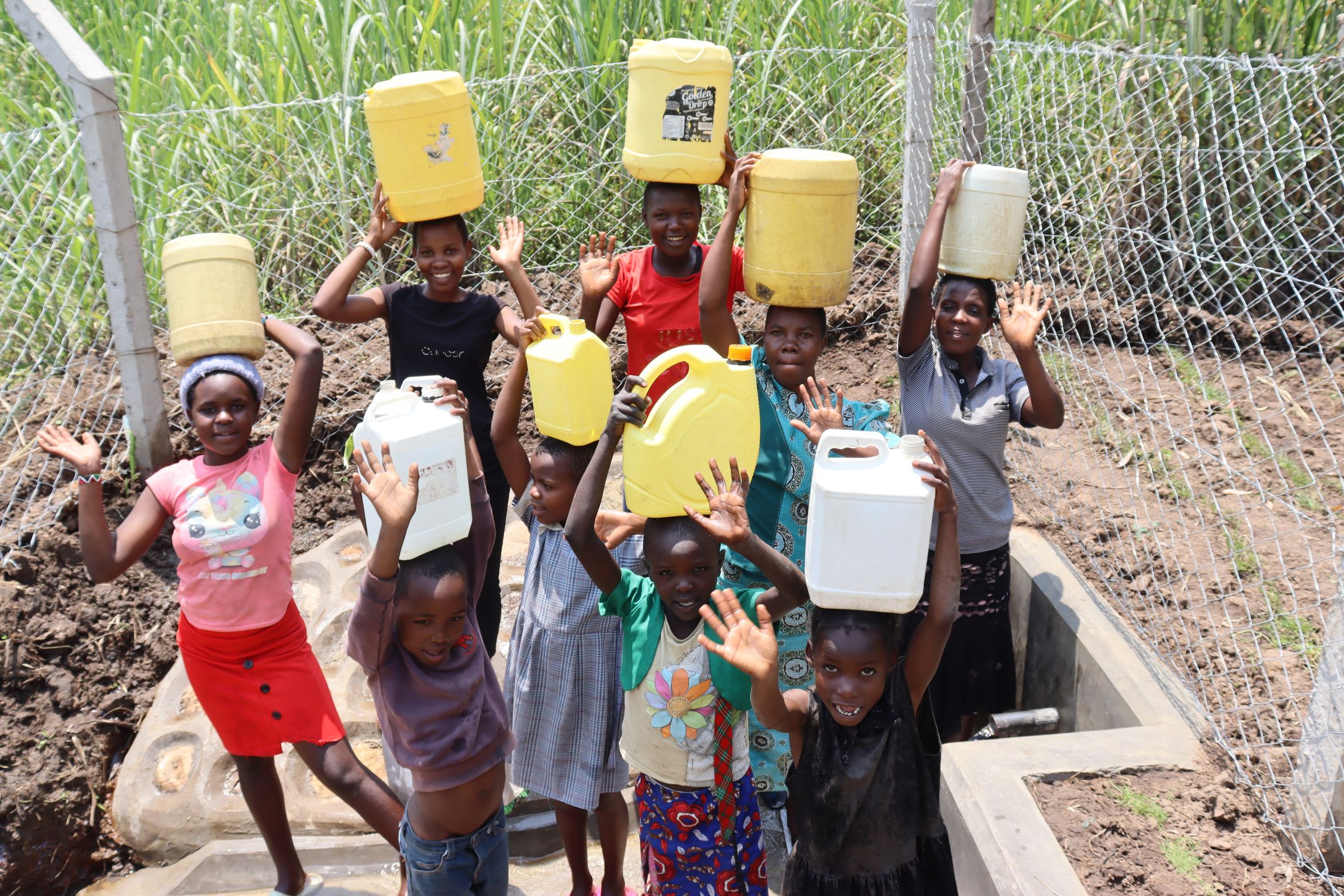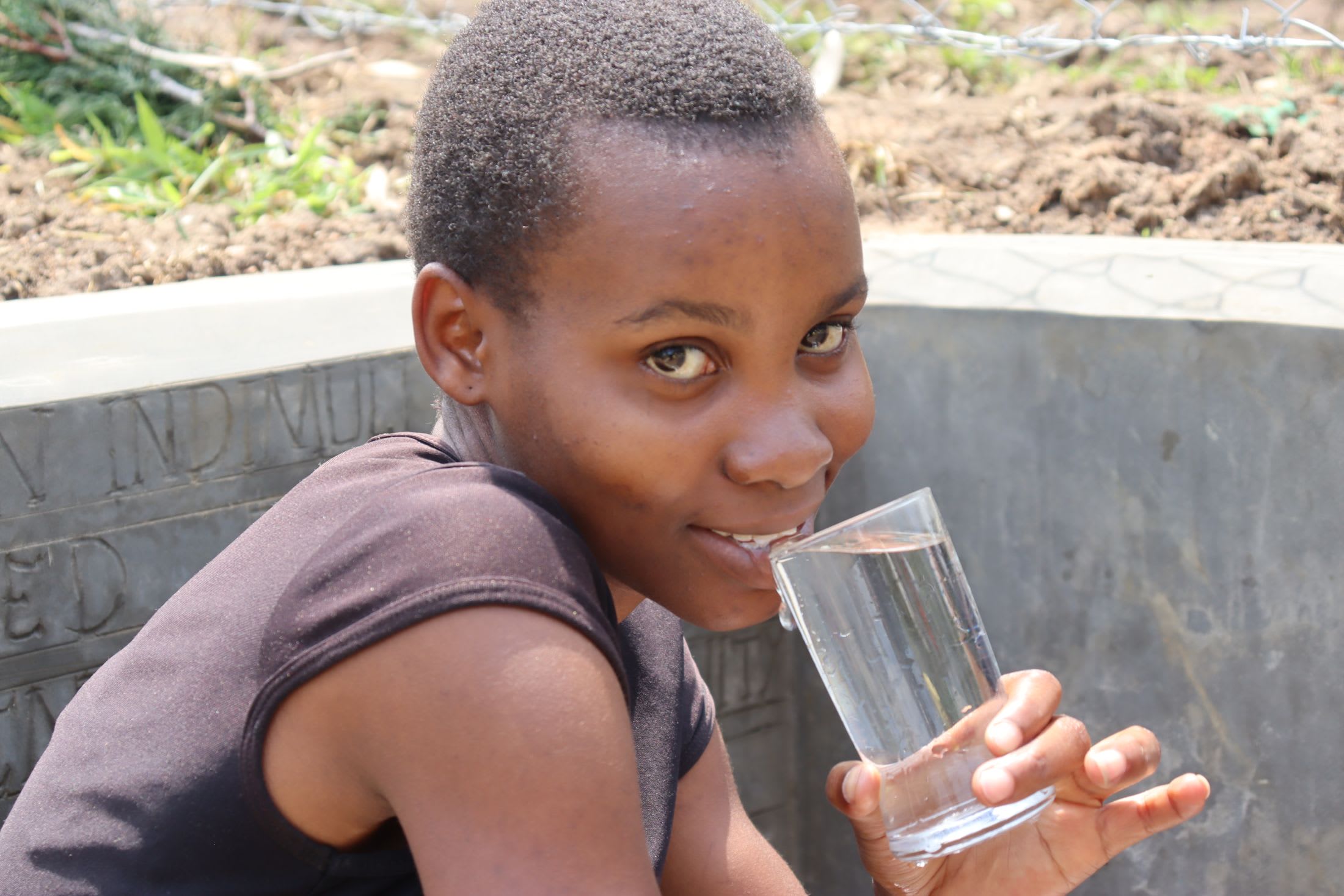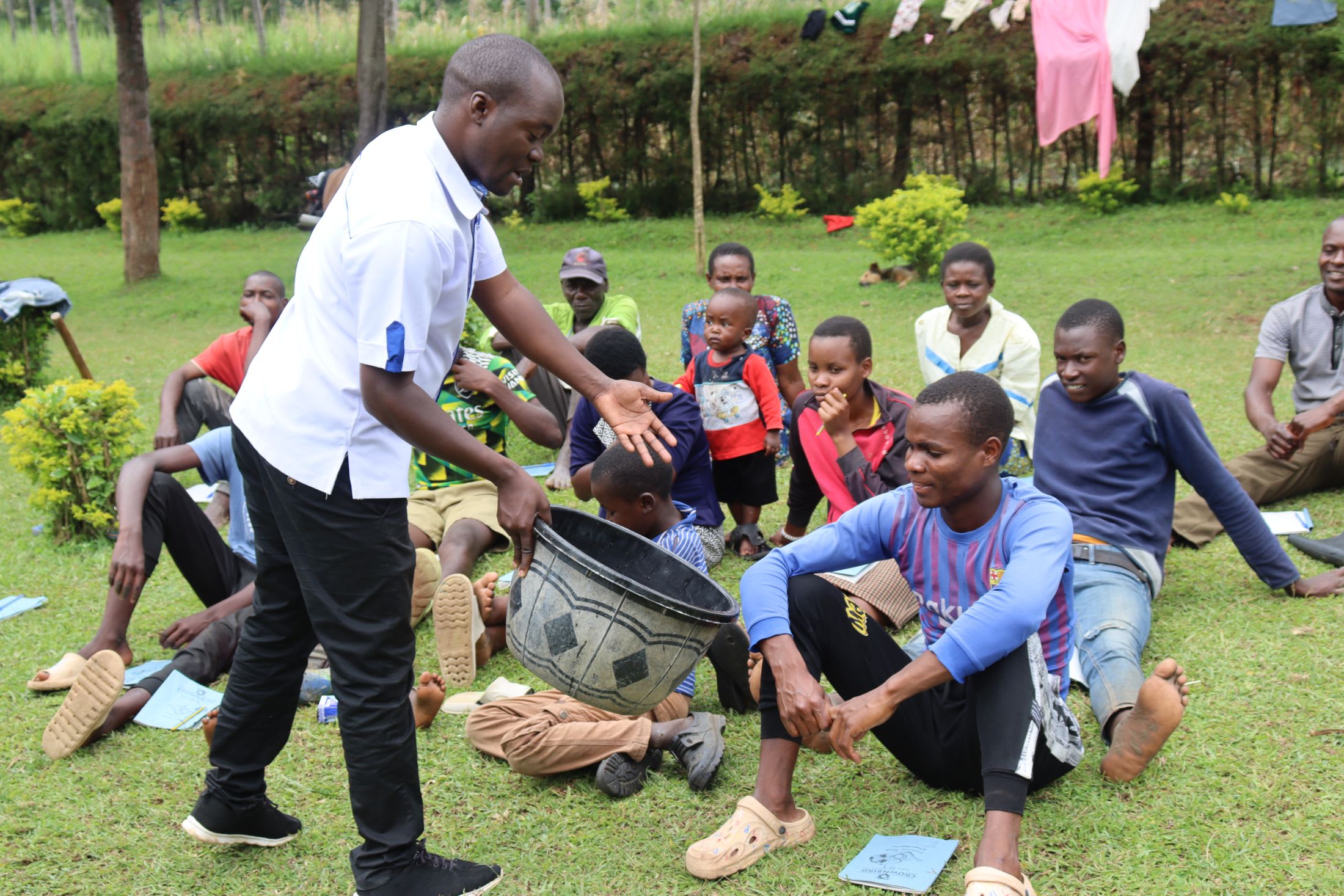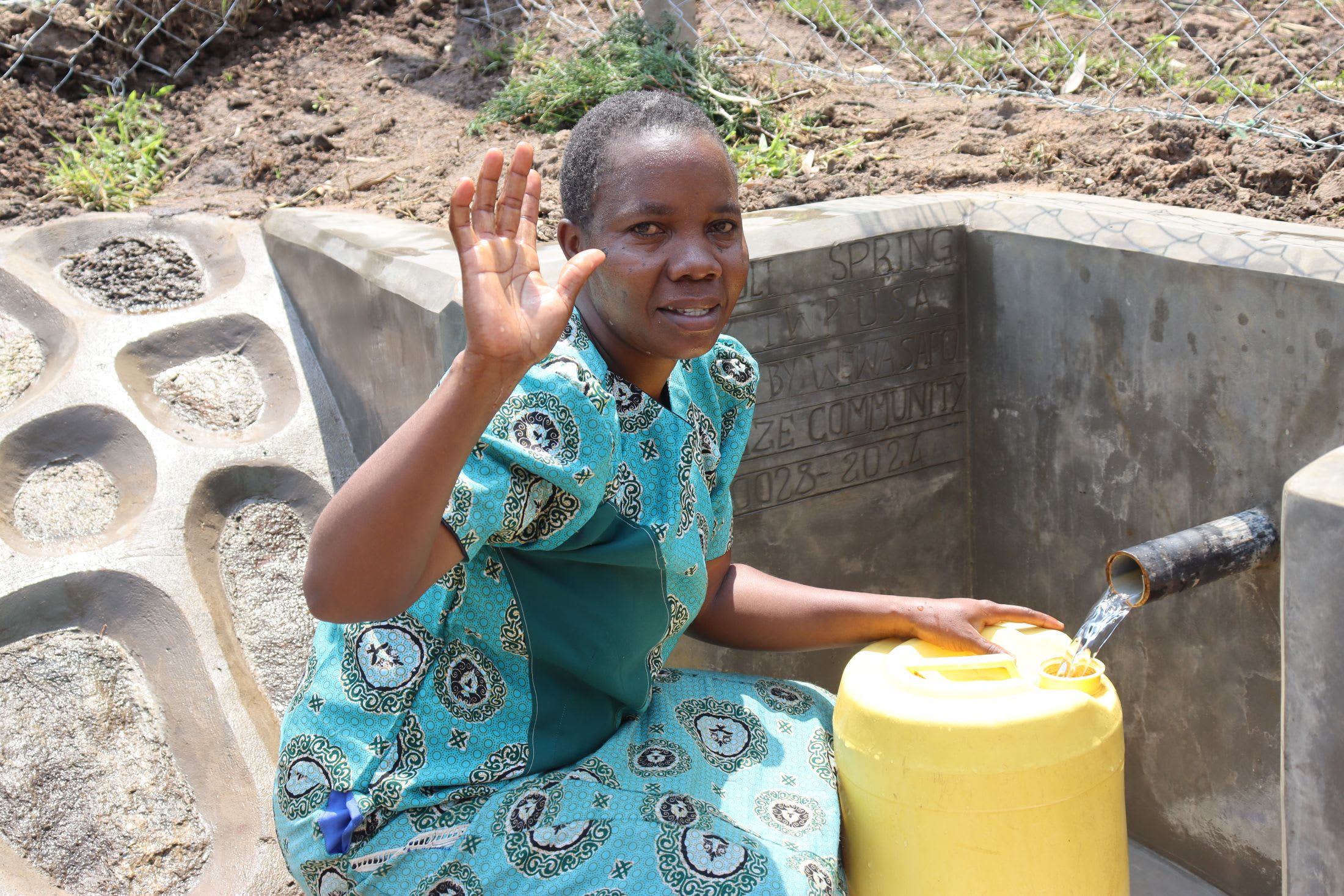The 180 community members who call Makuyenze home struggle to collect enough water every day. Looking at their primary water source, a small unprotected pool of water in the middle of the grass, it is easy to see the challenges.

The water point is small, shallow, and difficult to collect water from. People must take turns bending down and scooping the water carefully into their collection containers. The process is tedious and inevitably wastes the valuable time that community members need for other essential tasks. Life for people in Makuyenze is discouraging without the benefit of clean water.
"Having been brought up in this community, much has not been done. This has really contributed to [the] wasting of time collecting water. Last term, I came to class late. The teacher had already given out the exam, and this forced me not to finish the exam on time," said Shantel, a young student in the community, shown below collecting water.

But wasting time collecting water is not the only challenge for community members with this unprotected spring. Sadly after they work so hard to collect the water, it is untrustworthy to consume, making people ill with water-related illnesses.
"The situation is disheartening. Since our parents left us in this land, I have really experienced a lot of problems related to water [like] diseases. Last year [in] May, I really suffered. My child was infected with typhoid [and] this resulted in him being admitted to hospital for a week, which was more expensive as I had to pay all [the] medical bills for him to get good medical services. Financially I had [to] sell something at home and other farm produce, which has resulted [in] poverty and straining for I [had] to feed the family," said 56-year-old farmer Simon Indumuli, shown below collecting water.

"Secondly, my children cannot fetch water as it does not have a collection area. This forces me to go with them in fetching water, which is time-wasting as I could be doing other things as they help me," concluded Simon.
The protection of the spring will enable young people like Shantel to attend school on time and reserve energy for learning instead of wasting time waiting to collect water. And community members like Simon will be able to spend their time and resources bettering their family's lives, instead of worrying about their children becoming ill and remaining in the cycle of poverty.
The Proposed Solution, Determined Together...
At The Water Project, everyone has a part in conversations and solutions. We operate in transparency, believing it benefits everyone. We expect reliability from one another as well as our water solutions. Everyone involved makes this possible through hard work and dedication.
In a joint discovery process, community members determine their most advantageous water solution alongside our technical experts. Read more specifics about this solution on the What We're Building tab of this project page. Then, community members lend their support by collecting needed construction materials (sometimes for months ahead of time!), providing labor alongside our artisans, sheltering and feeding the builders, and supplying additional resources.
Water Access for Everyone
This water project is one piece in a large puzzle. In Kenya, Sierra Leone, and Uganda, we're working toward complete coverage of reliable, maintained water sources that guarantee public access now and in the future within a 30-minute round trip for each community, household, school, and health center. One day, we hope to report that this has been achieved!
Training on Health, Hygiene & More
With the community's input, we've identified topics where training will increase positive health outcomes at personal, household, and community levels. We'll coordinate with them to find the best training date. Some examples of what we train communities on are:
- Improved hygiene, health, and sanitation habits
- Safe water handling, storage & treatment
- Disease prevention and proper handwashing
- Income-generation
- Community leadership, governance, & election of a water committee
- Operation and maintenance of the water point
Chlorine Dispensers
Installing chlorine dispensers is an important piece of our spring protection projects. Protecting a spring provides community members with an improved water source, but it doesn’t prevent contamination once the water is collected and stored. For example, if the water is clean and the container is dirty, the water will become contaminated.
We ensure that each chlorine dispenser is filled with diluted chlorine on a consistent schedule so that people can add pre-measured drops to each container of water they collect. That way, community members can feel even more confident in the quality of their water.


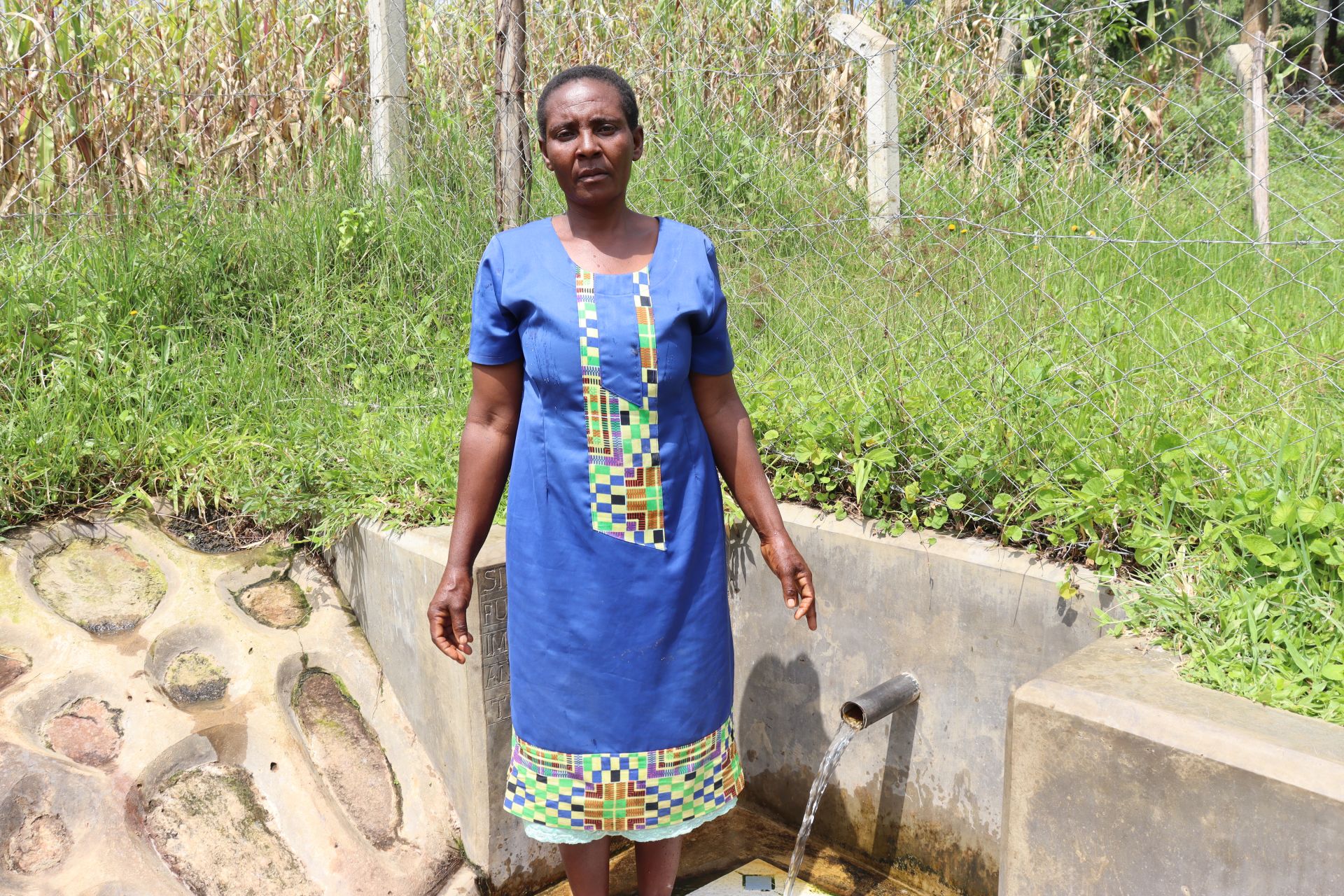
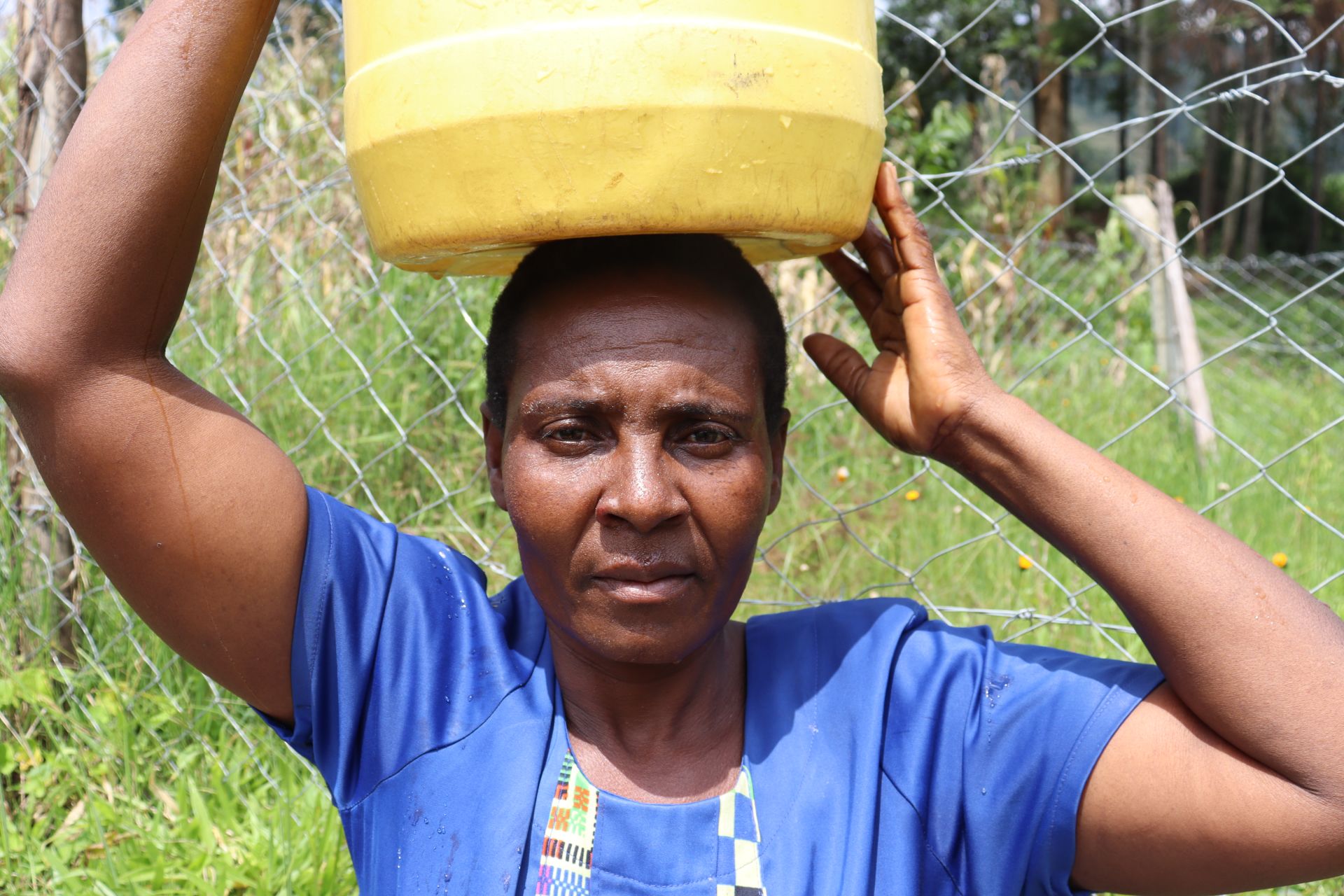
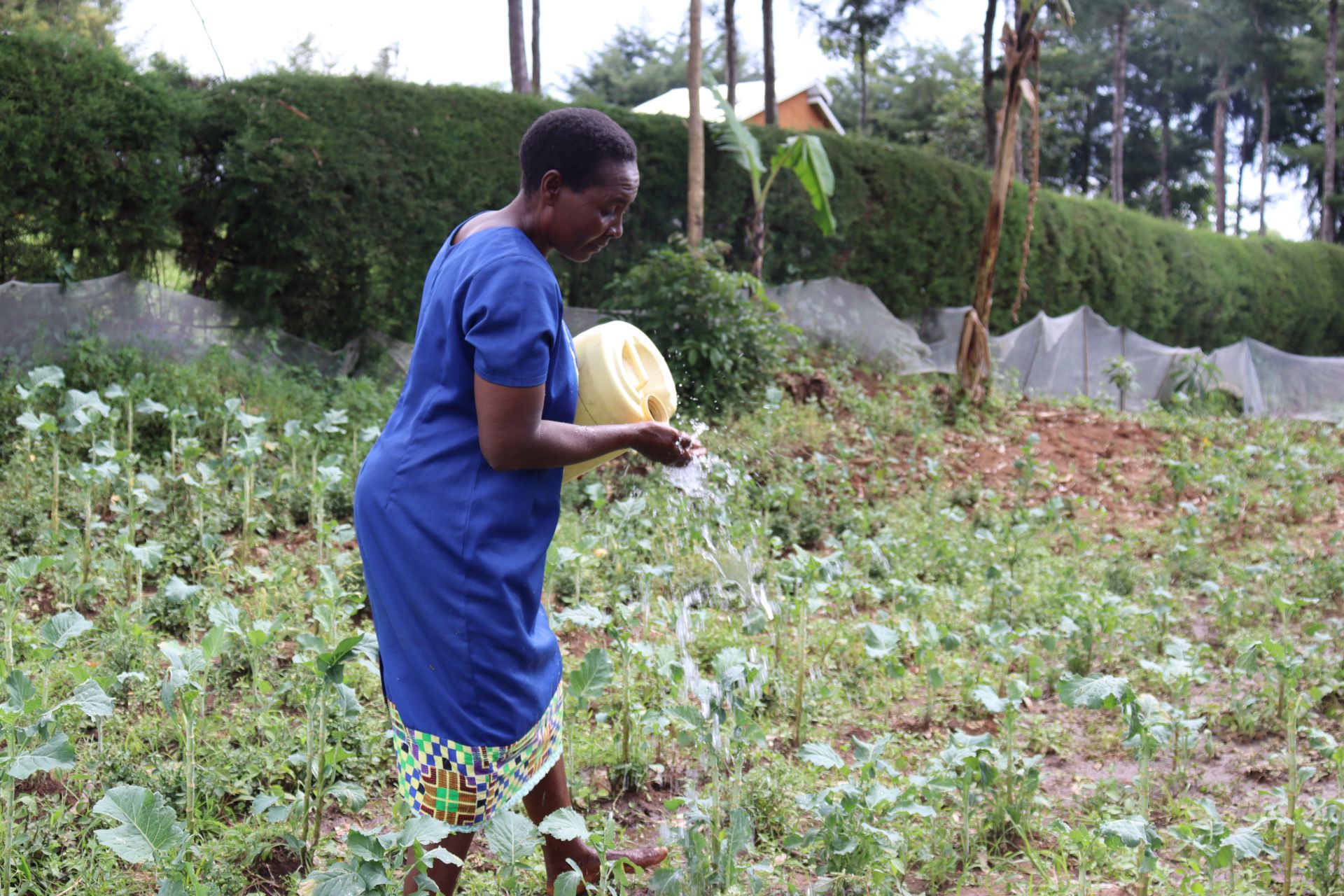

 Protected Spring
Protected Spring
 Rehabilitation Project
Rehabilitation Project










